Optimizing your Pinterest profile is crucial to increase visibility and engagement. With the right strategies, you can not only improve your own profile but also learn from the competition. Let's consider some examples that can help you make your profile more effective and provide you with useful tips.
Key Insights
- Pay attention to choosing the profile name: Keep it short and concise.
- Use clear and structured descriptions for all boards.
- Quality of pins is crucial: Pay attention to the design and content.
- The number of keywords should be limited to avoid keyword spamming.
- Vary your graphics to attract users' attention.
Step-by-Step Guide
Step 1: Analyzing Competitor Profiles
When dealing with your Pinterest profile, it is crucial to analyze the profiles of your competitors. Visit the platform and search for, e.g., "summer clothing." Use the search function and switch to the user category.
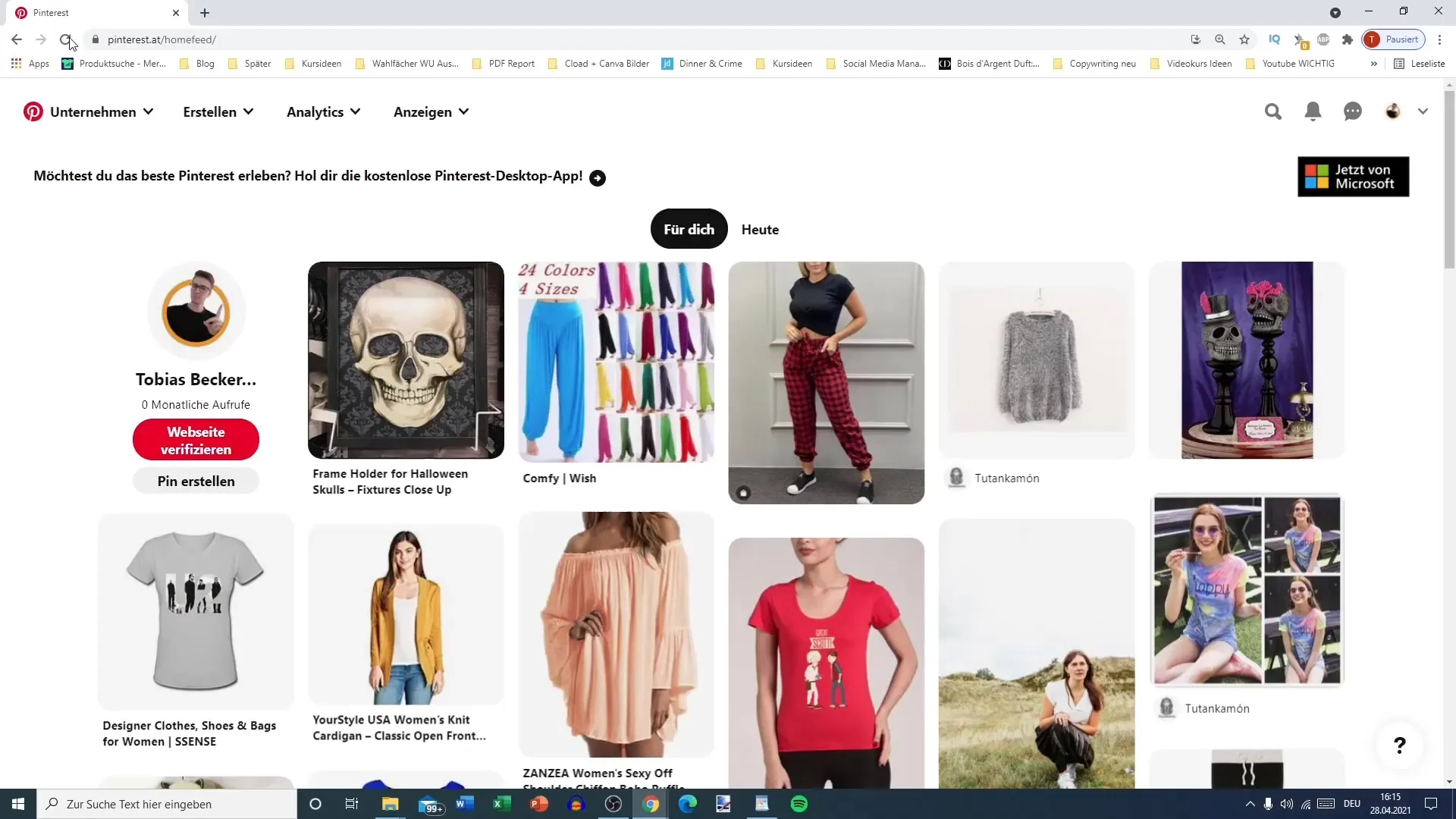
Once you see a list of profiles, click on various accounts to explore their strategies. Pay attention to the type of pins they use, as well as their descriptions and the structure of the boards.
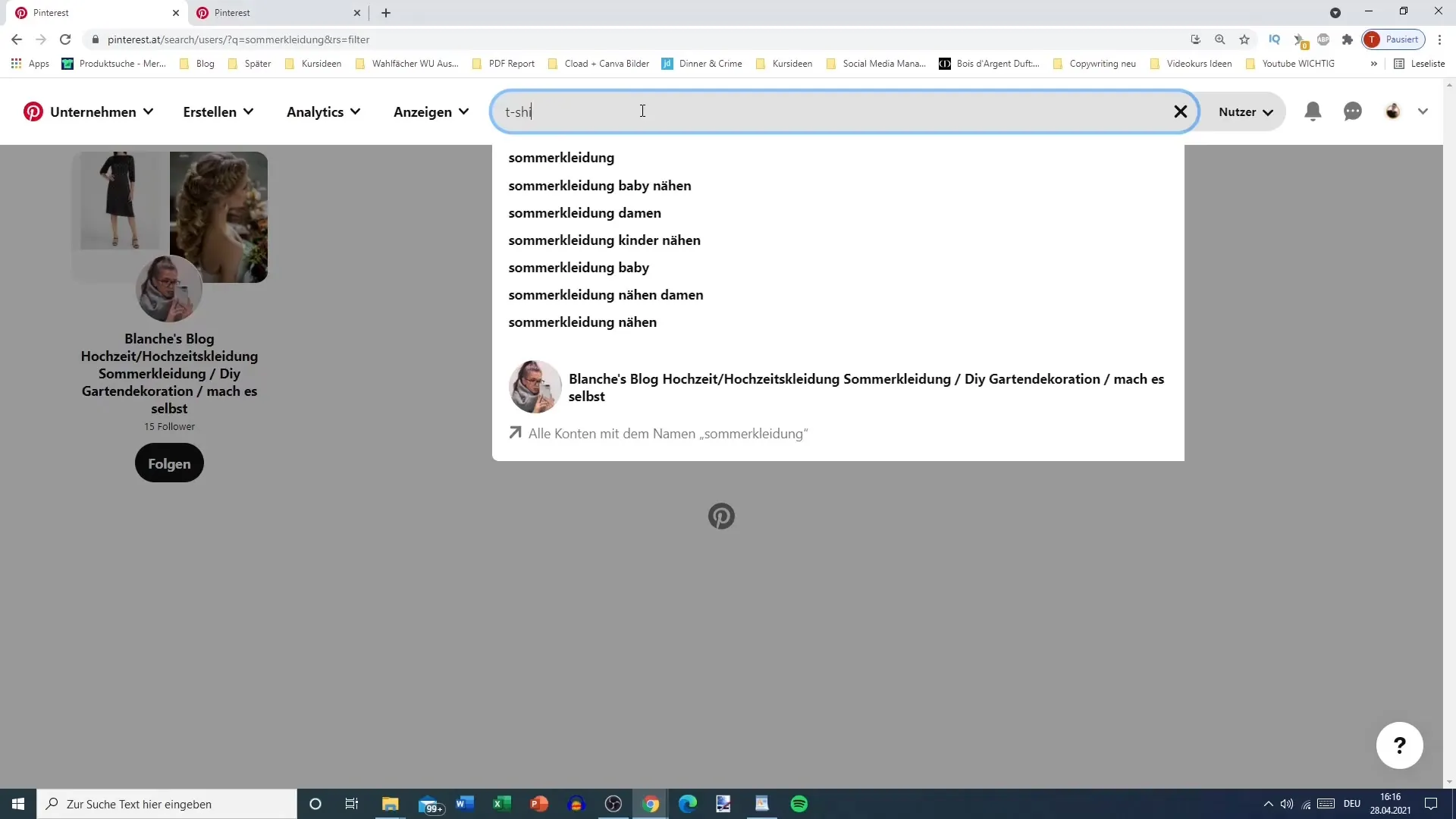
Step 2: Choosing the Right Name
The profile name is often the first thing users see from your account. Make sure it is not too long, as it can limit readability and recognition. A short, concise name reflecting your themes is ideal.
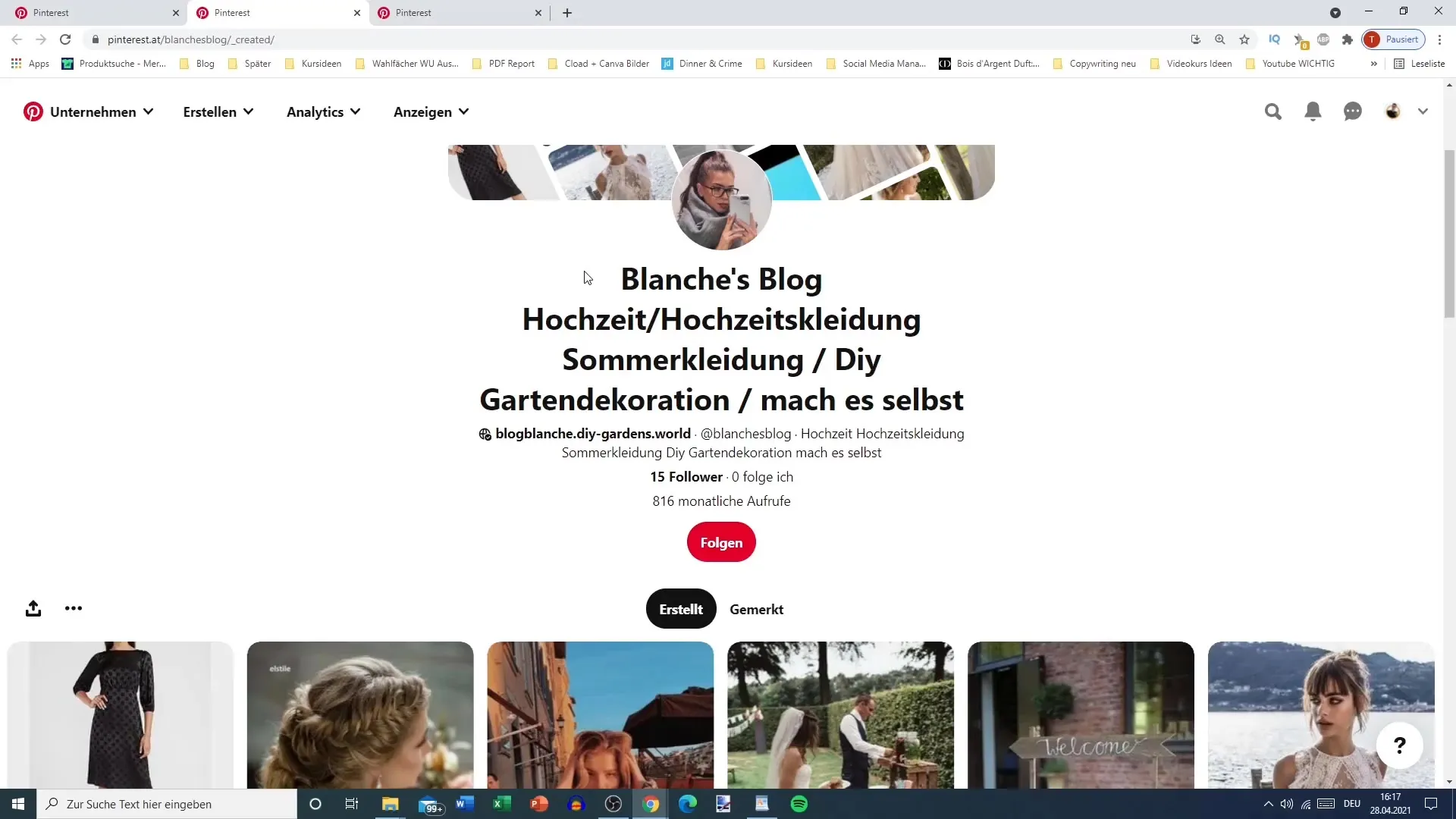
Step 3: Consistency in Themes
Focus on one to two central themes. Trying to combine multiple themes in one profile—such as wedding attire, gardening, and summer fashion—can confuse specialized users. A clear focus will help your profile reach the suitable audience.
Step 4: Optimizing Description and Keywords
The profile description should not only be appealing but also informative. Avoid disjointed texts that do not convey a clear message. Your keywords should be meaningful and relevant to the niche described. Limit the number of keywords to about 20 and avoid exaggerations, such as those that could arise from excessive hashtag usage.
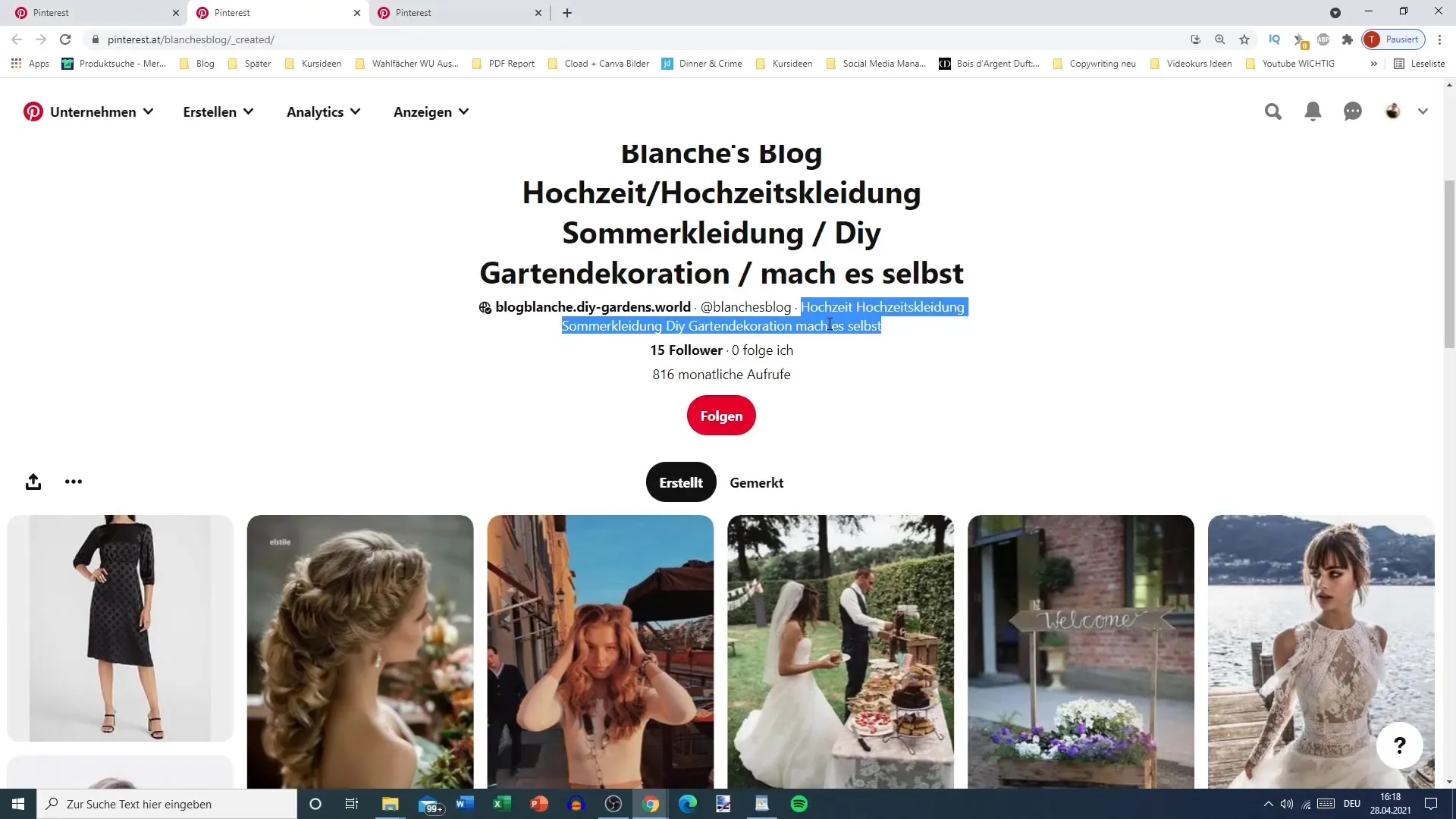
Step 5: Enhancing Pins
The quality of your pins plays a crucial role. Make sure they are well-designed and appealing. Experiment with different presentations and structures to find out what works best. Keep the pins concise and precise, yet appealing enough to attract your desired audience.
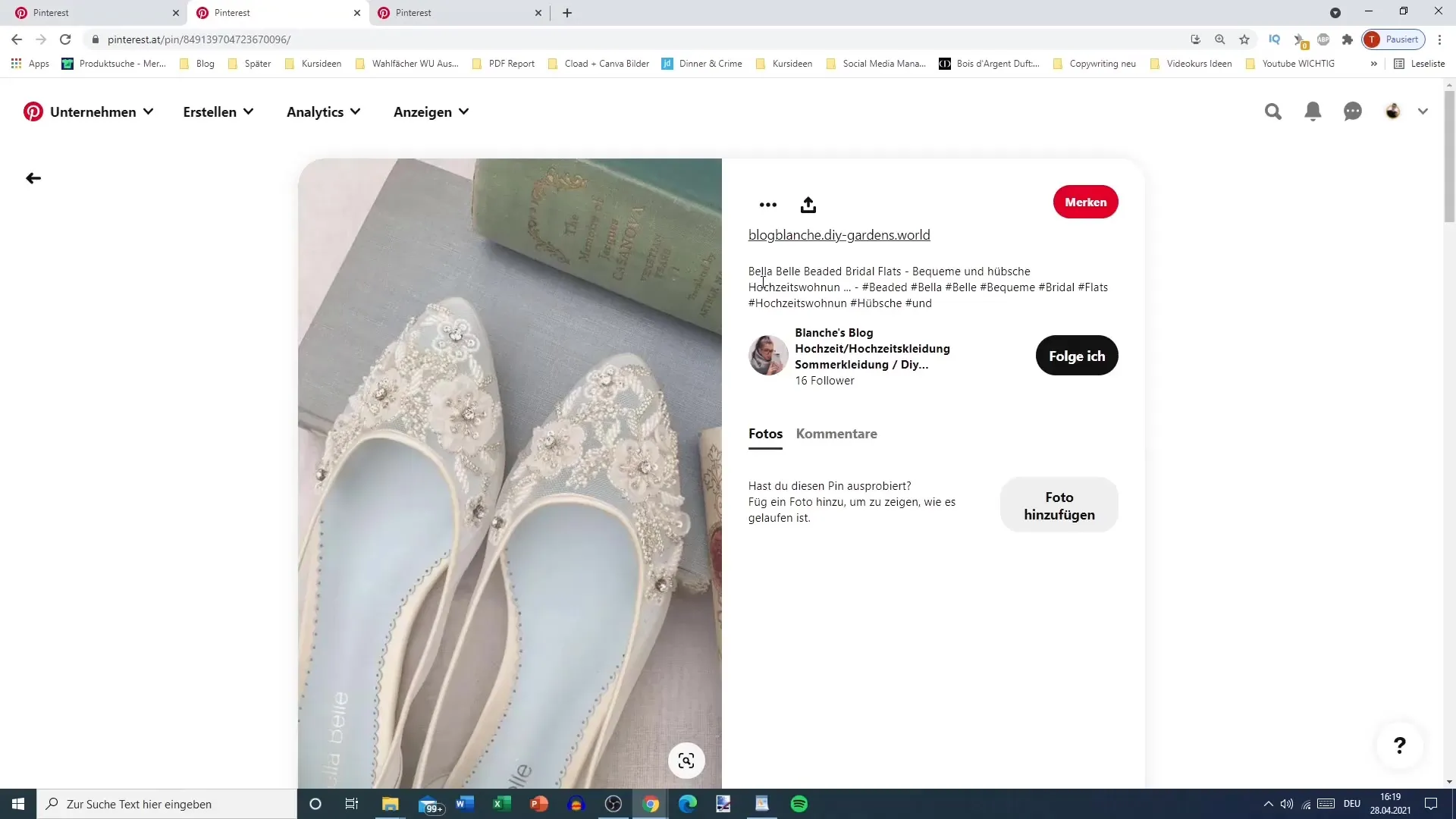
Step 6: Observing and Interacting with Other Users
It is important to follow other users and acknowledge their work. This not only enhances your network but can also attract new followers to your profile. Look at the created and saved posts in other profiles to gain inspiration for your own design.
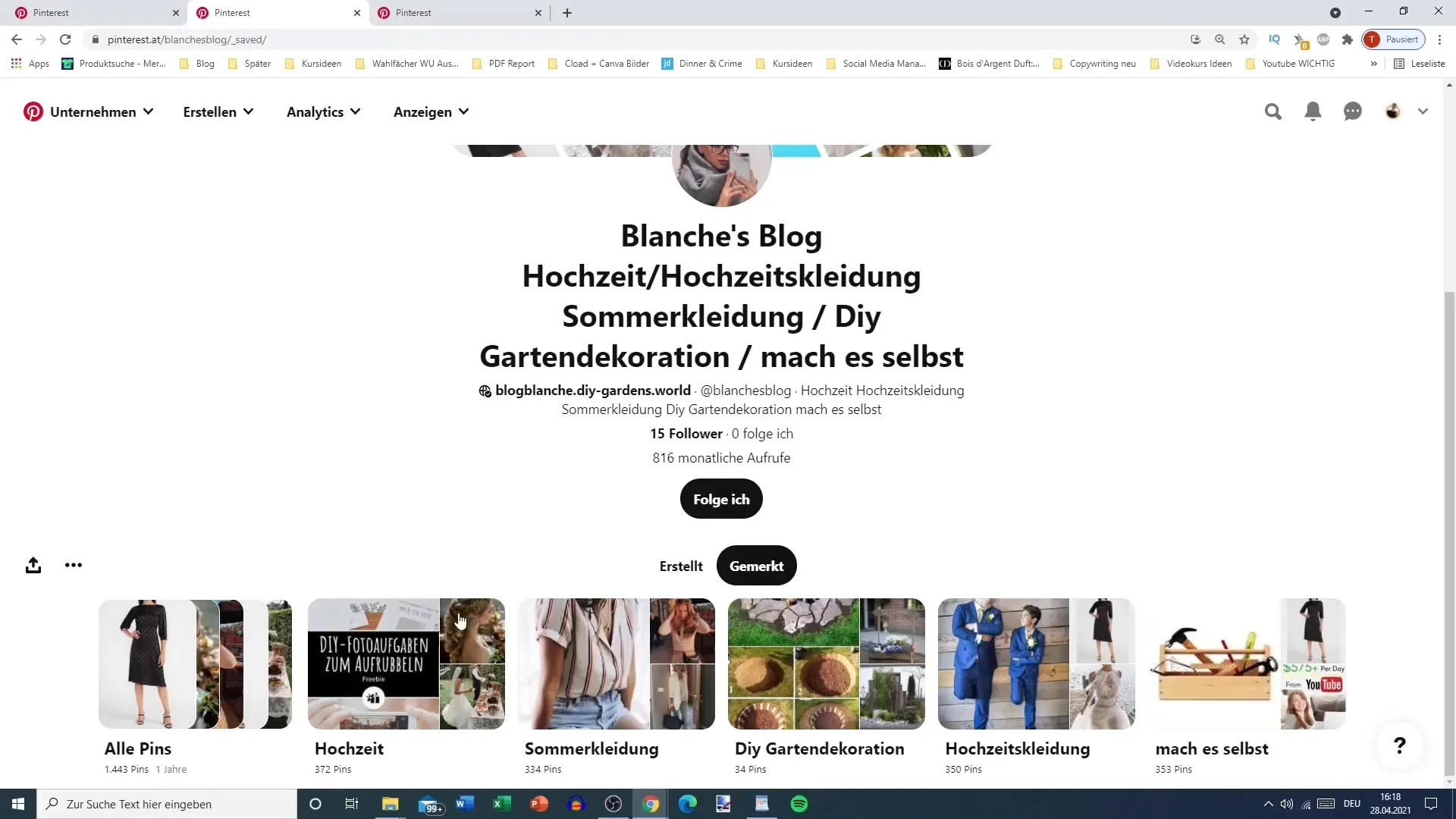
Step 7: The Importance of Boards
Your boards form the structure of your profile. Ensure they are well-categorized and focus on your main themes. Good organization makes it easier for other users to find your content and leads to more clicks on your pins.
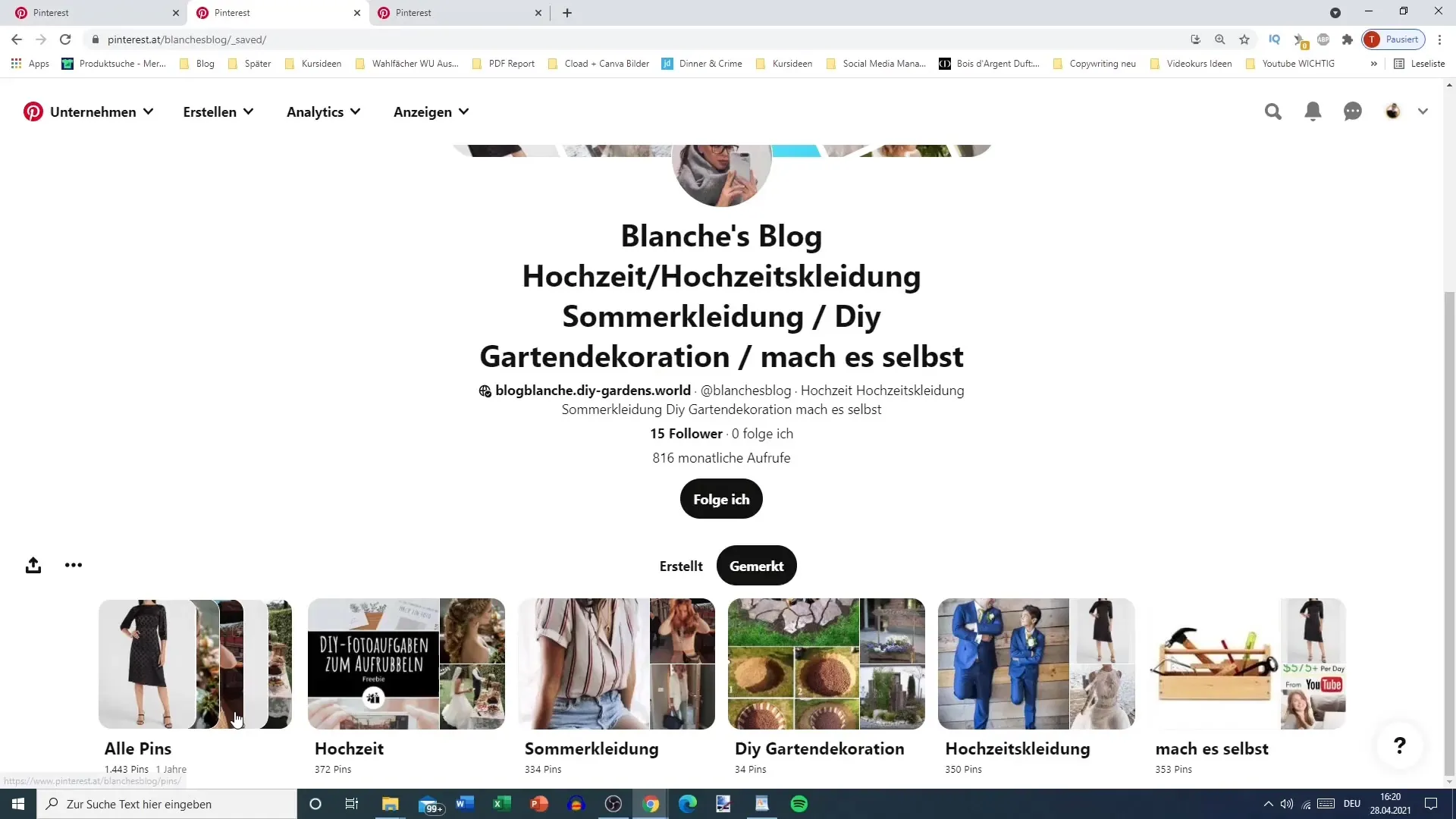
Summary
By implementing the mentioned strategies, you can significantly improve your Pinterest profile and analyze the competition. Focus on a clear name, specific themes, and high-quality graphics to better engage users.
Frequently Asked Questions
How do I find good competitor profiles on Pinterest?Use the search function and filter by categories such as users to discover relevant profiles.
How many keywords should I use in my profile description?It is advisable not to use more than 20 relevant keywords to avoid keyword spamming.
How important are high-quality pins?Very important as they can increase user attention and boost engagement.
Should I use many hashtags?Avoid excessive hashtags as this could be perceived as spam.
How do I follow other users?You can simply follow other users by visiting their profiles and using the follow function.


